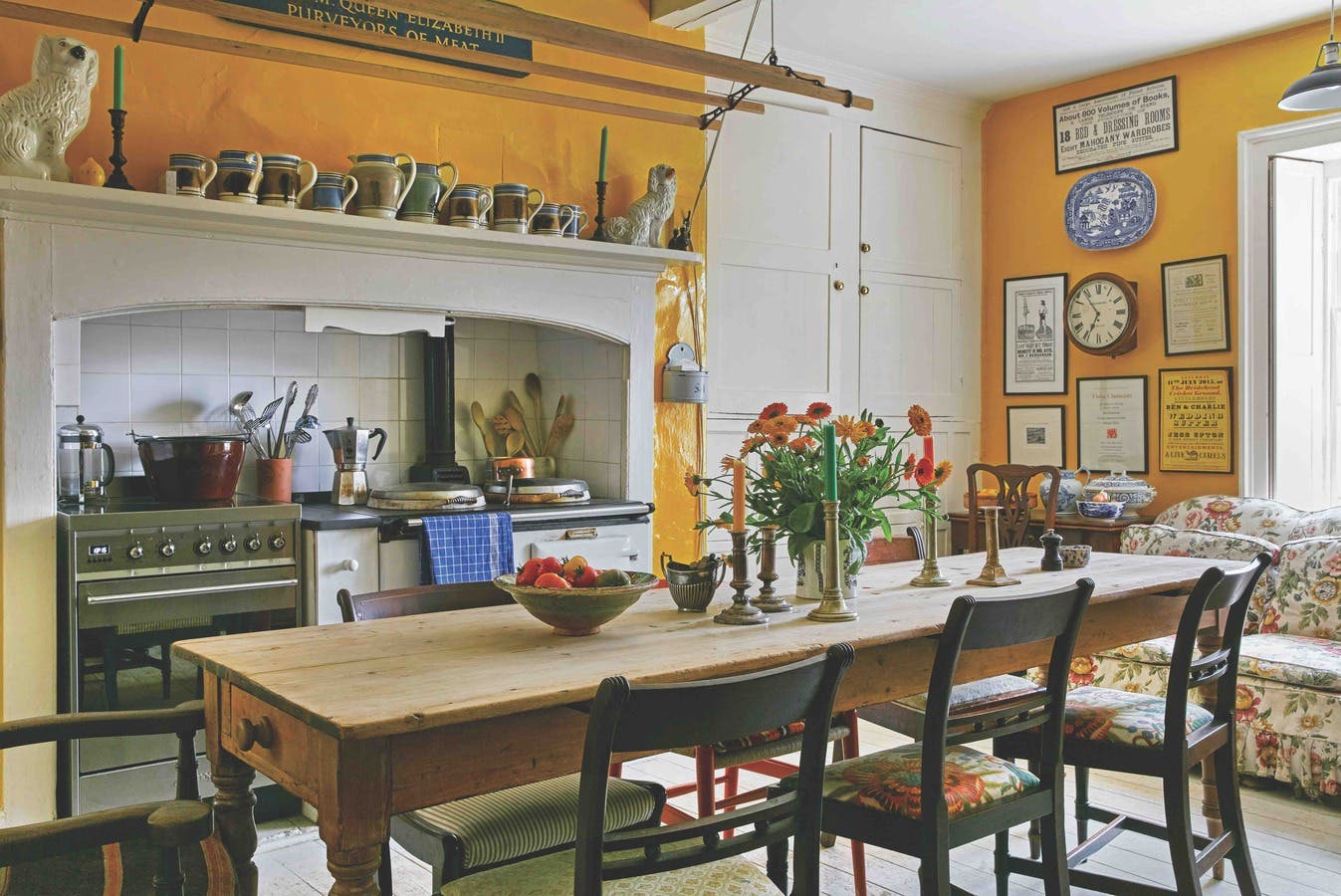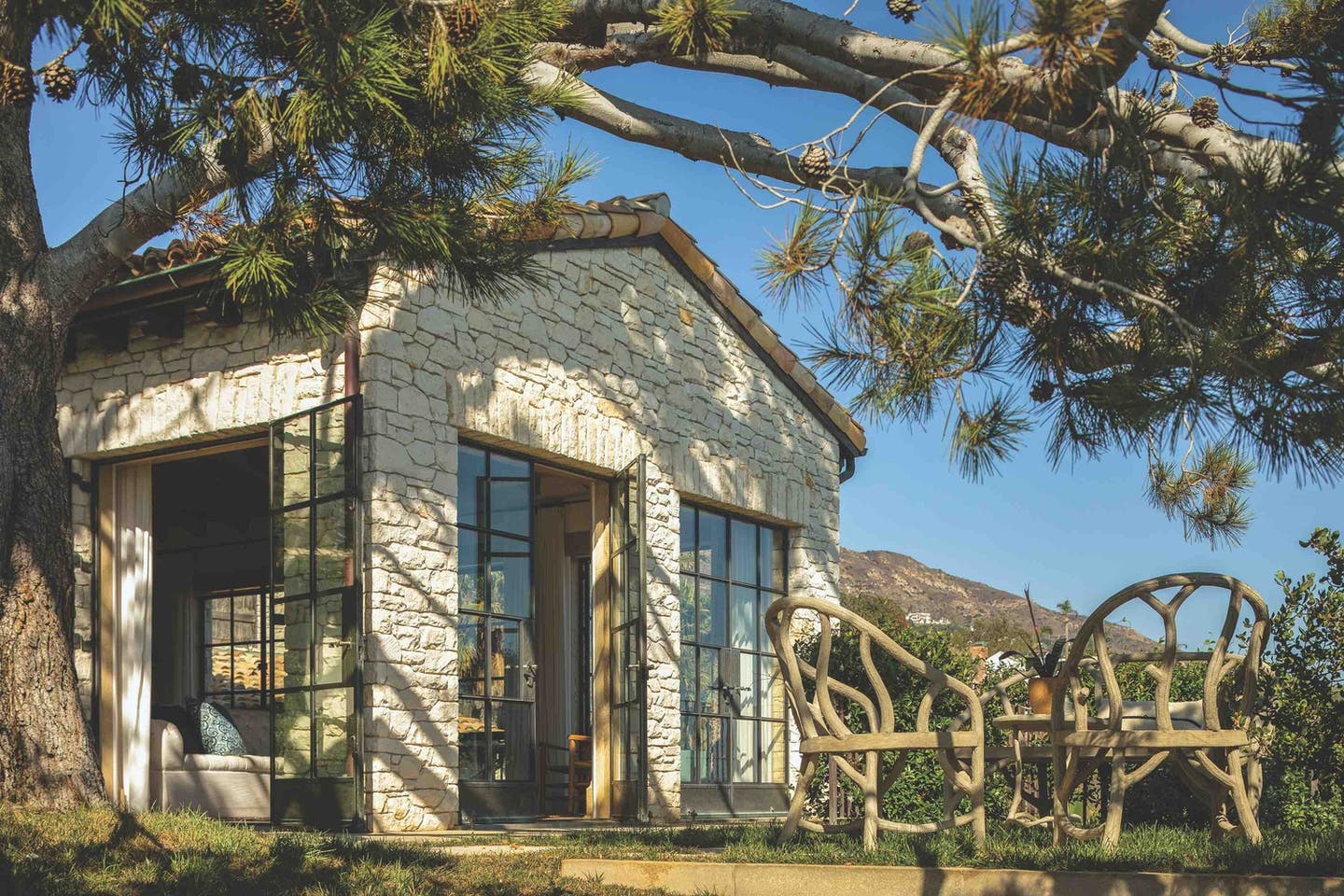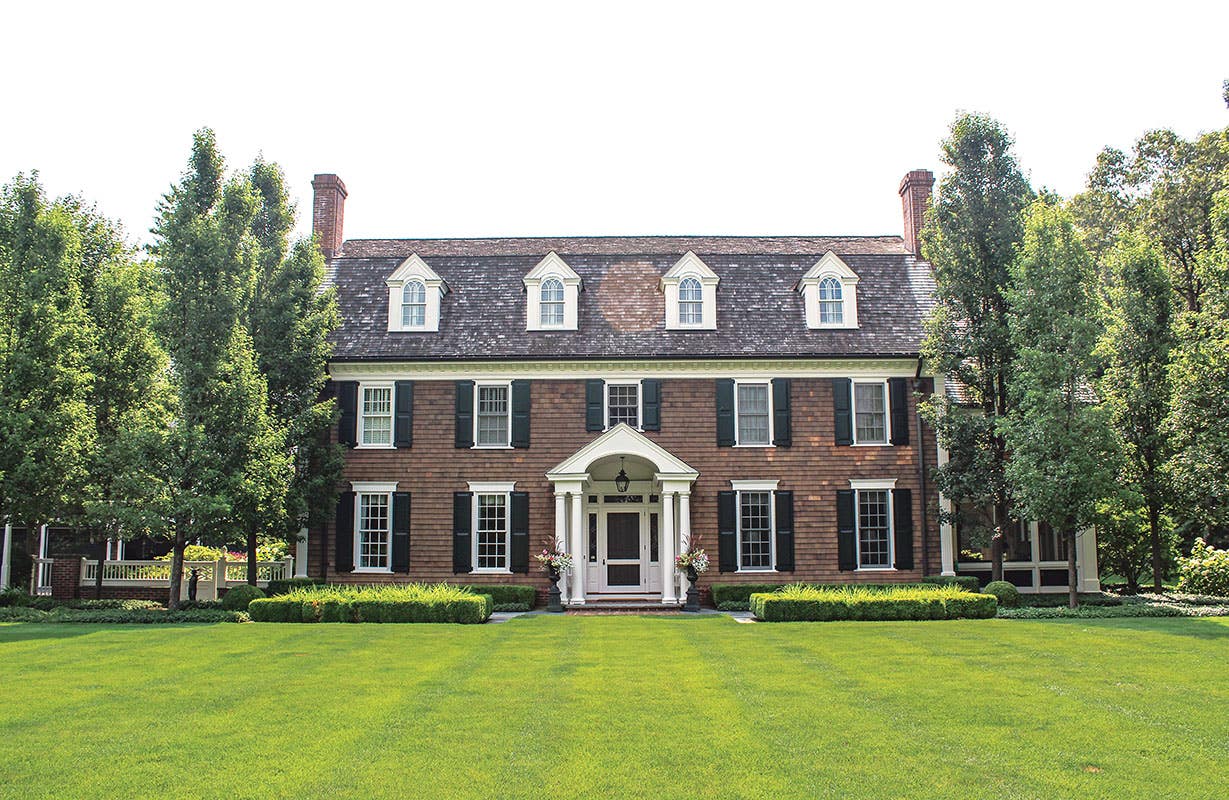
Projects
Landscape Architect Gregory Lombardi’s “Country Gentleman’s Estate”
Project: Country Gentleman’s Estate
Architect: Gregory Lombardi Design

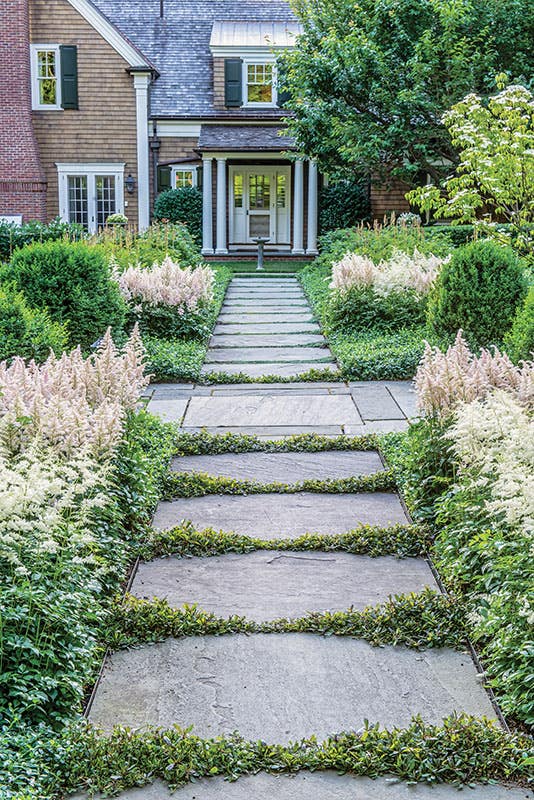
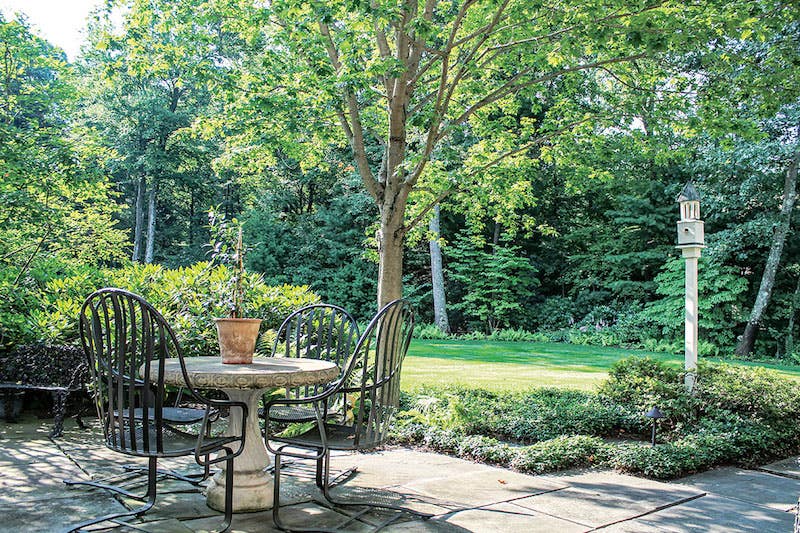
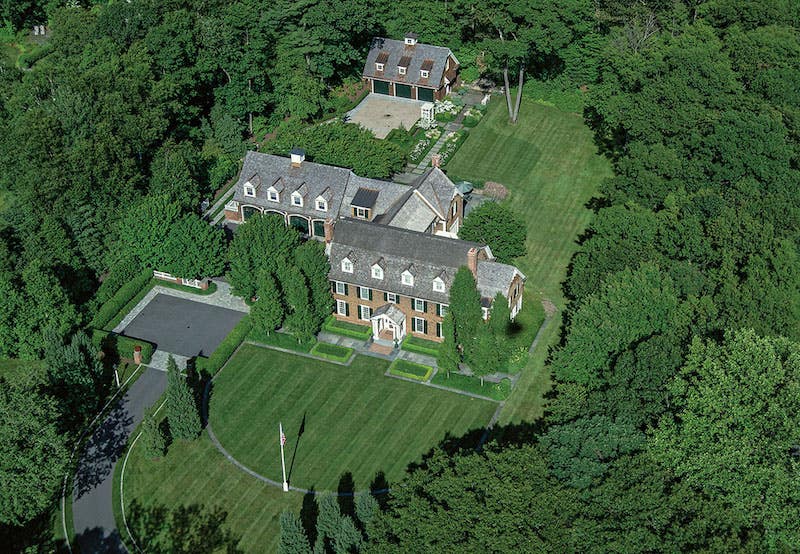

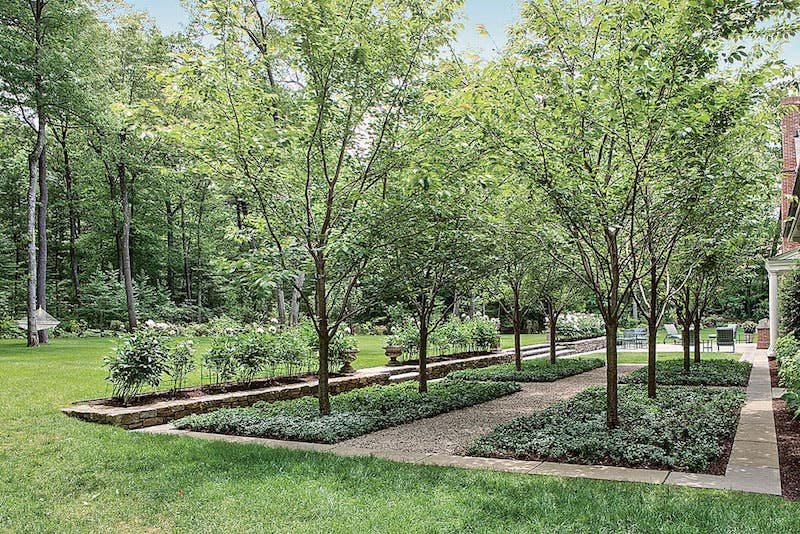
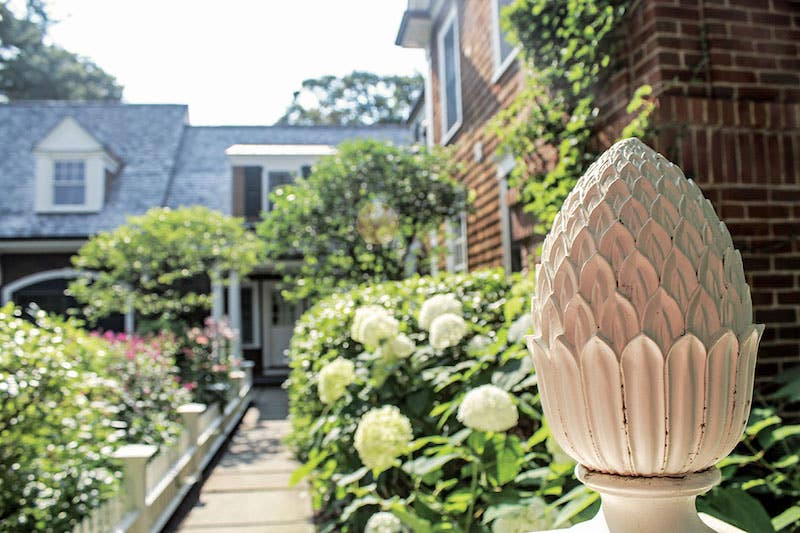
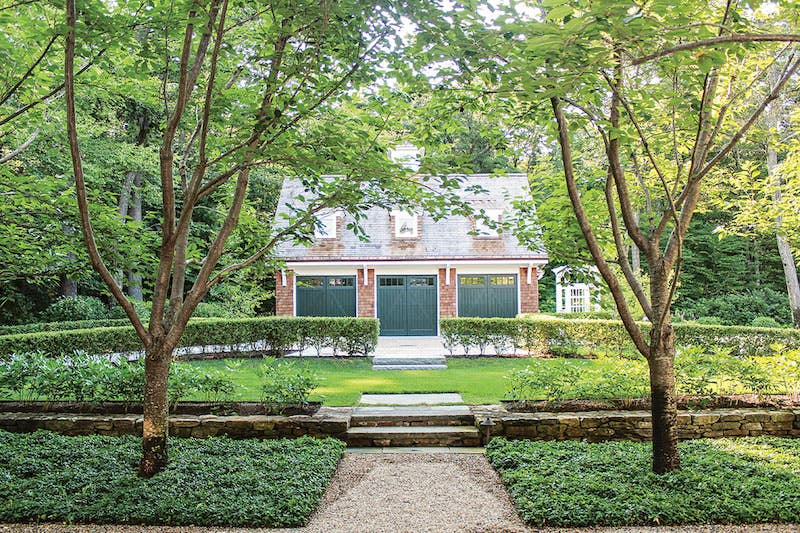
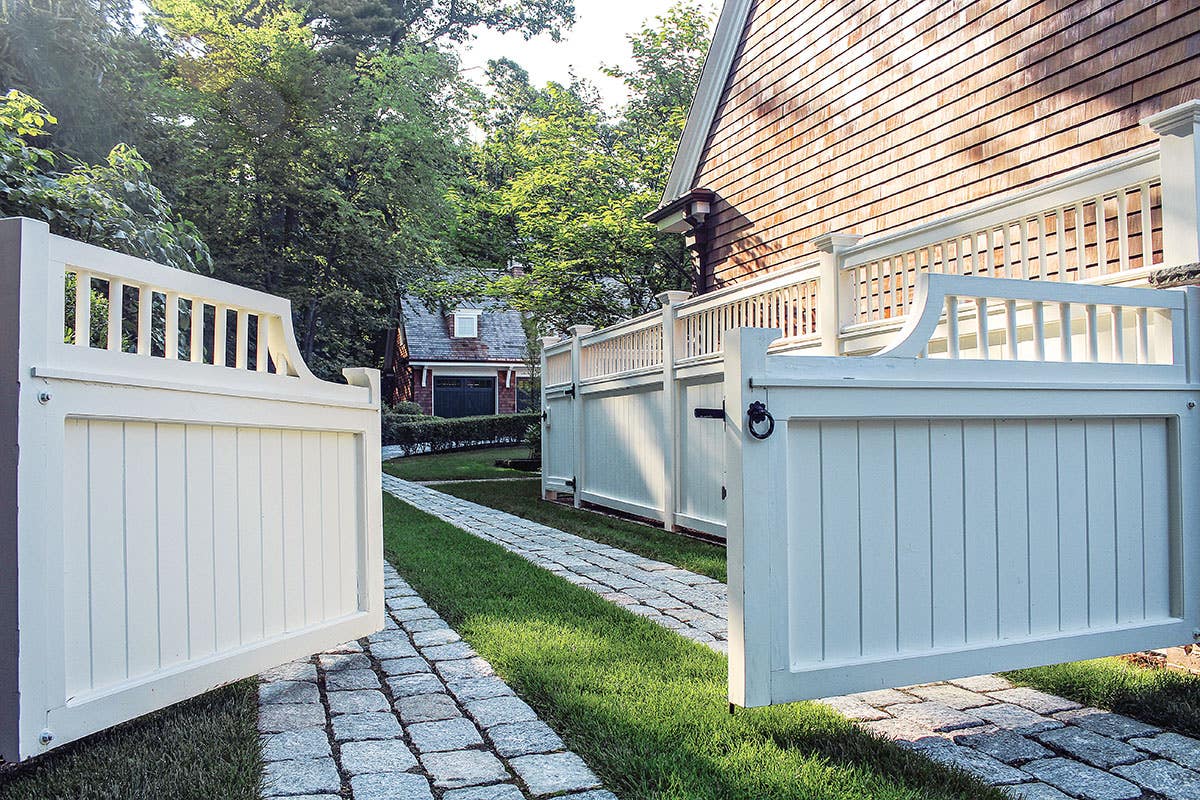
By Kiley Jacques
Twelve years ago, in a wealthy suburb west of Boston, landscape architect Greg Lombardi, principal of Gregory Lombardi Design, faced a blank slate and a strict regulatory board. He was tasked with turning a roughly two-acre lot into a residential dwelling of some significance while meeting the exacting specifications put forth by the board—it proved a challenge.
Then, while cleaning a century’s worth of dust Lombardi’s team worked to settle the Colonial Revival house by architect Jeff Clark into its surroundings while keeping within bounds of rigorous restrictions, which Lombardi explains were part of a large-house review. “It was an interesting take on what is happening in a lot of communities around metro Boston today.” For houses exceeding 6,000 square feet, the planning board regulated site engineering and design to assess whether it was “appropriate” or “egregious.” They mandated against direct sight lines and gates (though ultimately Lombardi was granted permission to build one); they also insisted on a single curvilinear drive. “To their credit,” notes Lombardi, “they [were] trying to maintain the rural character of the town.” Interestingly, some of those limitations proved to be, in part, responsible for a property that “feels like it could have been there for a very long time.”
The challenge, of course, was to simultaneously meet the board’s and the clients’ expectations, which were, at times, at odds—forced discretion versus proud ownership. “It’s tough,” says Lombardi. “But when you stay the course and achieve something like we did…I think that is why it is so desirable.”
Referencing his background in art history, Lombardi says he thought of the project as having “a story narrative.” There was a beginning and an end, and it was his job to thread the two together. He describes the gate as the start of the story—beyond which not everyone will go, but for those who do, the subtext starts to unfold—the discovery of the house, the geometry of the trees, the ordered paths and planting beds—they meld the house with the landscape. Even details like the outdoor furnishings are part of the tale Lombardi tells.
The Colonial-derivative house with its gambrel roof, center entry, and traditional forms called for a highly manicured, precisely tailored, and organized landscape. It was “a push and pull” between the natural areas—which the board wanted to keep in their native state—and the house. Lombardi’s job was to “bridge the divide.” Symmetrical and formal at the front, the landscape needed to blend into the New England woodland at the back.
Upon arrival, as visitors make their way up the drive, they “leave the woods” and come into another world—a devised experience. Trees are organized on a four square or in straight lines, and plantings immediately adjacent to the house reference its architecture. Though, notes Lombardi: “I think if everything is clipped and formal, it becomes monotonous.” He, therefore, employed “deliberate incongruity” by juxtaposing highly organized and naturalistic elements. “The energy between those two things is exciting,” he says. “As you step into the landscape, it starts to break down and invites you to explore, it draws you back into nature.” Everything was purposefully composed to make sense, to lend dignity, to hint at history—the hallmark of Gregory Lombardi Design. For its principal, that sense of order and serenity is the aforementioned subtext.
The trees hemming the drive give way for “a reveal” as the house comes into focus. Pinus strobus ‘fastigiata’ (fastigiate white pine) satisfied the board’s requirement for screening from the road, while appeasing the fastidious homeowner with its more disciplined form—it also offers an “indigenous texture.” Cladrastis kentukea (yellowwood) and Crataegus (hawthorn) were also used—the three species were chosen for their complementary structures: oval, upright pine, vase-shaped yellowwood, and horizontal hawthorn. Cercis canadensis (Eastern redbud), a native species, was planted nearer to the wood line, while large sugar maples along the very edge of the woodland knit the property into the fabric of the forest.
A guest car court features a Chippendale fence and a row of trees that delineates it from the family car court, where four sugar maples “behave on a line like you’d see on an old farmstead.” Bradford Callery pear trees anchor the four corners of the main house and serve as cornerstones for the intersection of paths. Chosen for their controlled canopy and classic white blooms, they are akin to a large topiary—used to “moderate the scale so the house didn’t look too self-conscious.” Lilac shrubs, boxwood parterres filled with lavender, white tree roses, and white hydrangeas accent the front of the house, while white star magnolias stand “on the geometry” of the screened porch’s columns.
Despite the deliberately wooded, naturalistic setting of the surrounding suburb, Lombardi’s design program stressed those geometric forms. “We tried to make it comprehensive and have the axial relationships go places. There’s an inherent logic and a gravitas to that—the house sits very well. It looks traditional.” One of the more notable outdoor “rooms” features a bosque or grid of Kwanzan cherry trees. Located by the car barn, which was built to accommodate a collection of antique cars, it is a design element that receives frequent compliments, particularly when the trees are in full bloom.
“These houses always have a slight grandeur to them,” says Lombardi. “They have mastery over their own little universe. Nature isn’t necessarily winning. The house is commanding somewhat of a presence.” He notes, however, the fact that some houses take ownership of the land on which they sit. “They are too self-important and don’t actually meld with the site.” His aim is to establish presence, not pretention. “You want it to be a jewel in the proper setting. You don’t want to hide it, you don’t want it to conflict.” Great estates, he believes, have a dignity and an order that he calls “humanist” and “civilized.”
Award-Winning Property
The reward for the pains taken to design and build this Country Gentleman’s Estate? A 2016 Bulfinch Award.
Very recently, the property changed hands. Now, working with the new homeowners, Lombardi says, “They love the story and are running with it. I think they are going to take it to the next level.” An active, young family, their use of the property will be somewhat different from the former owners’ use. They are adopting parts of the original design program that had not been used. They plan to reintroduce a meadow that had been tamed and seeded over to expand the front lawn; and they want more flowerbeds and color in general. They also intend to turn the car barn into a pool house. All told, their vision is a bit more playful. The formal structure will need to support more whimsical elements. With Lombardi authoring the details, surely there will be a happy ending.



